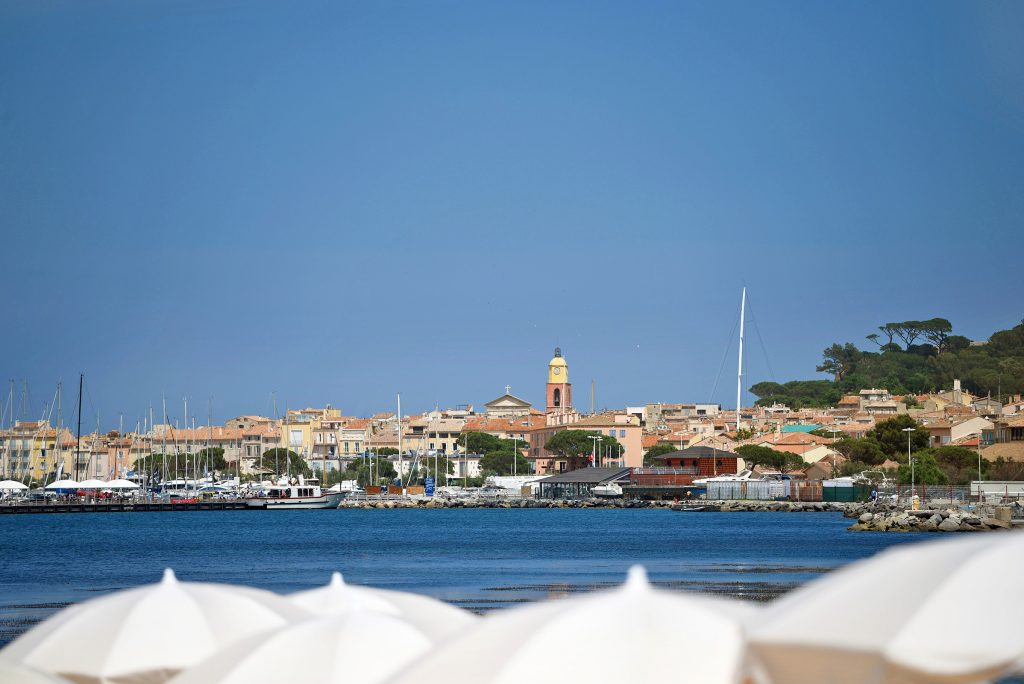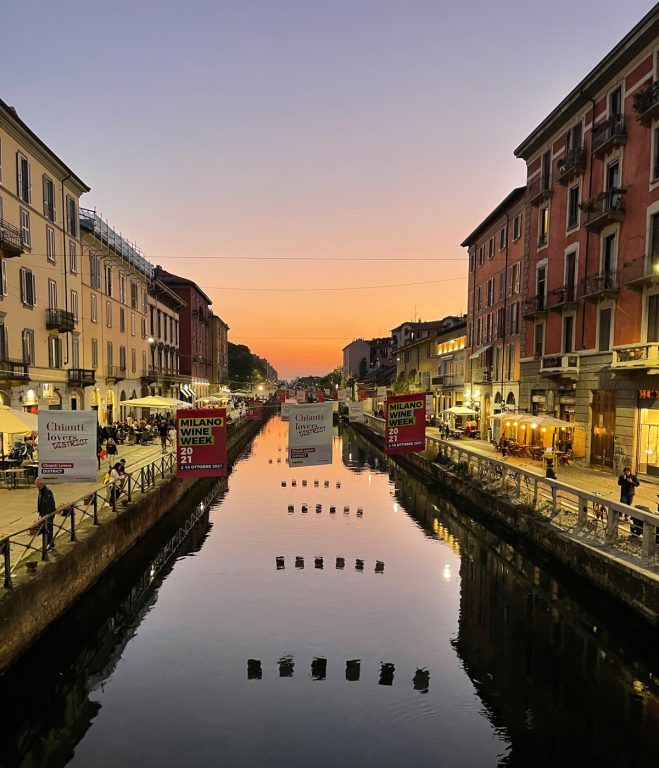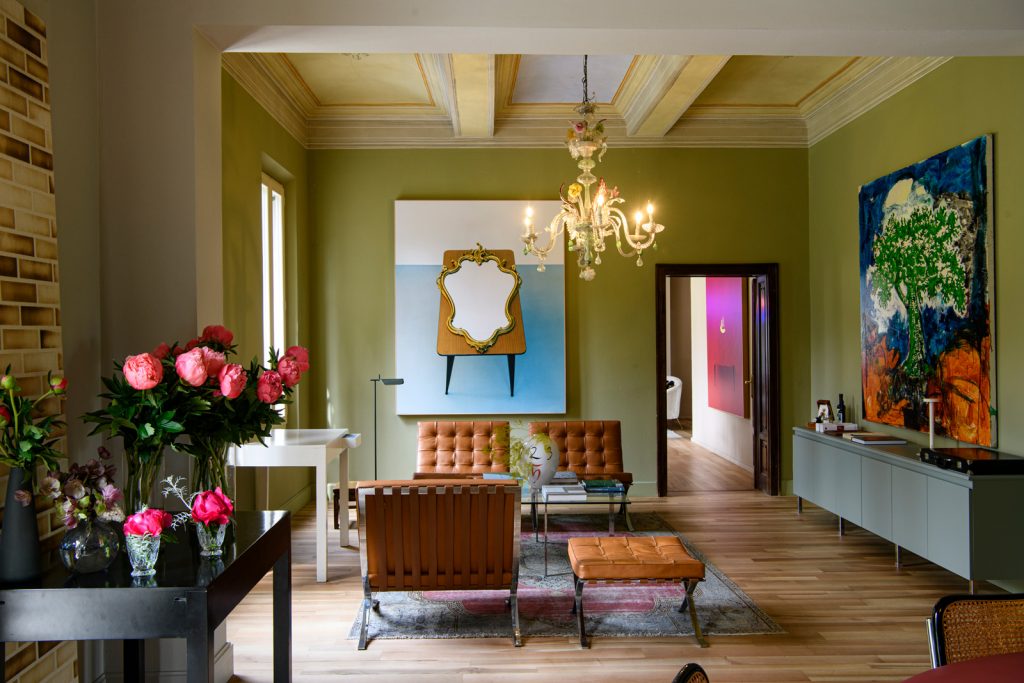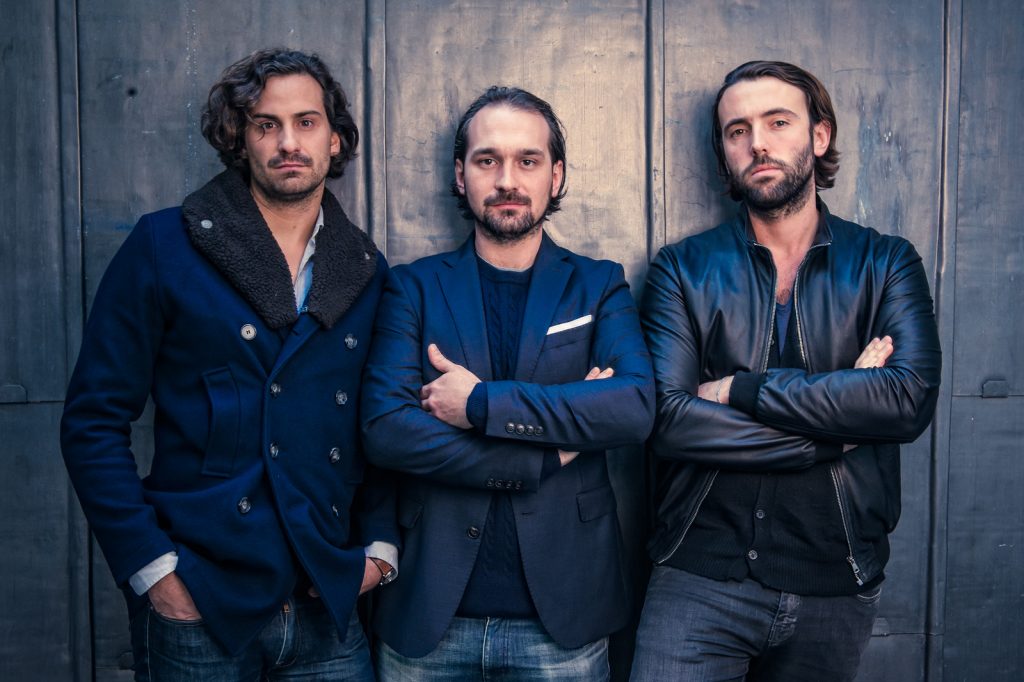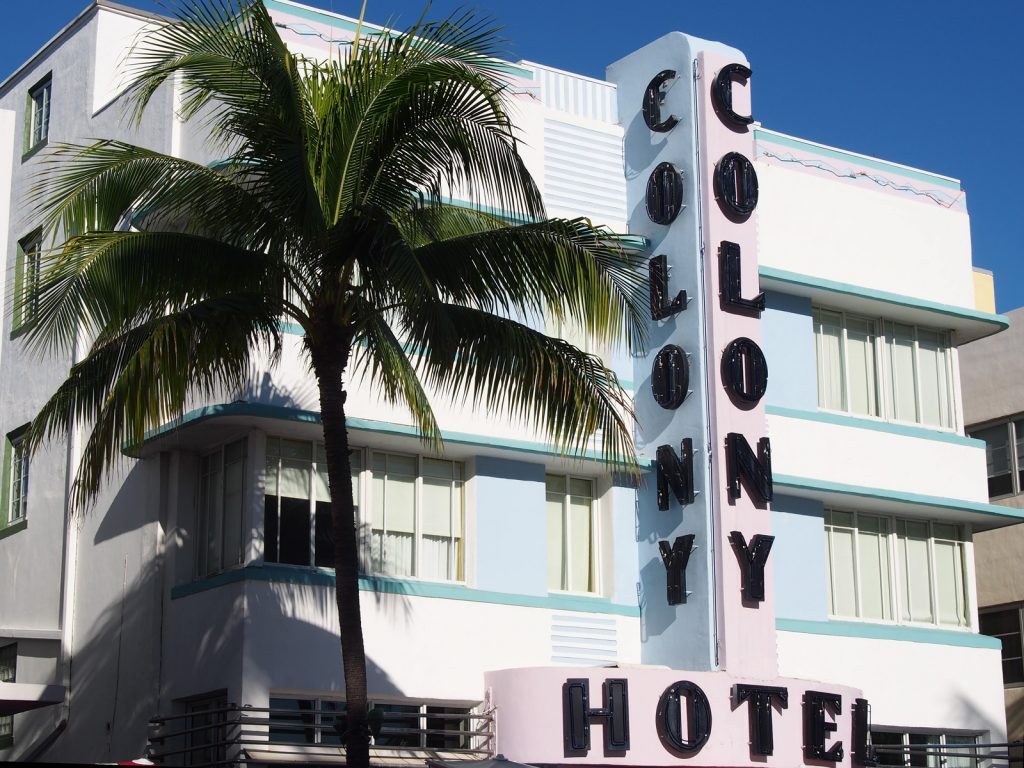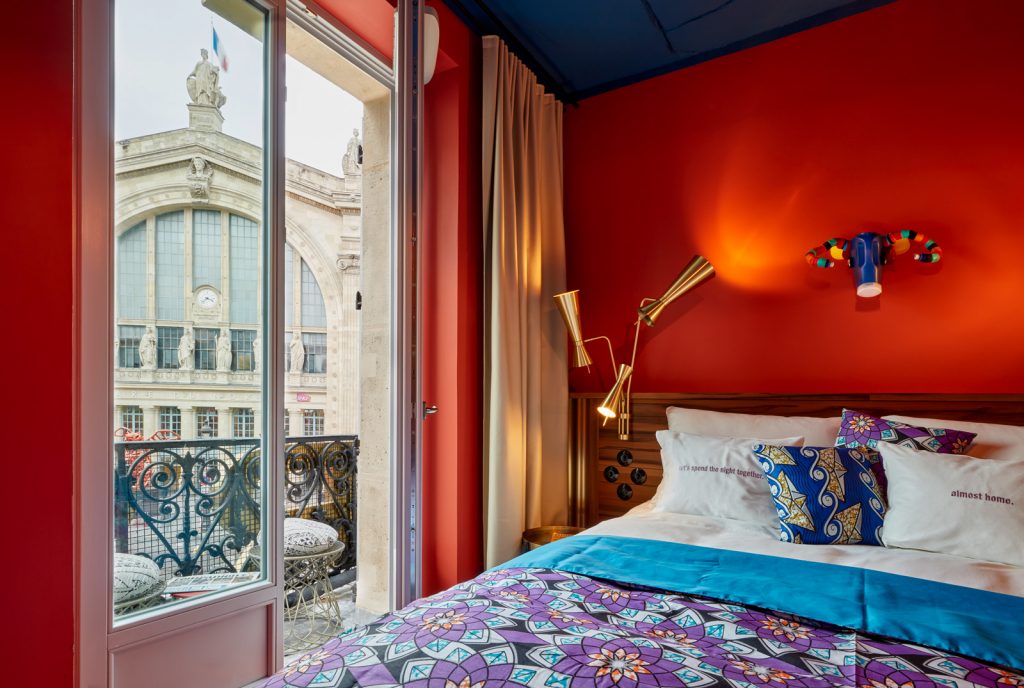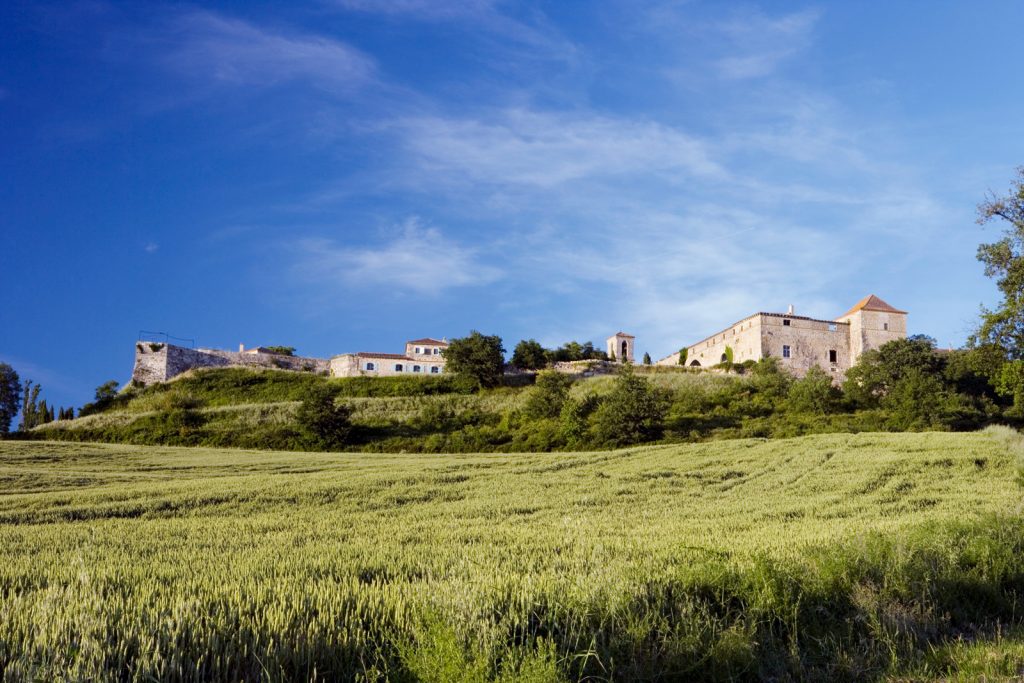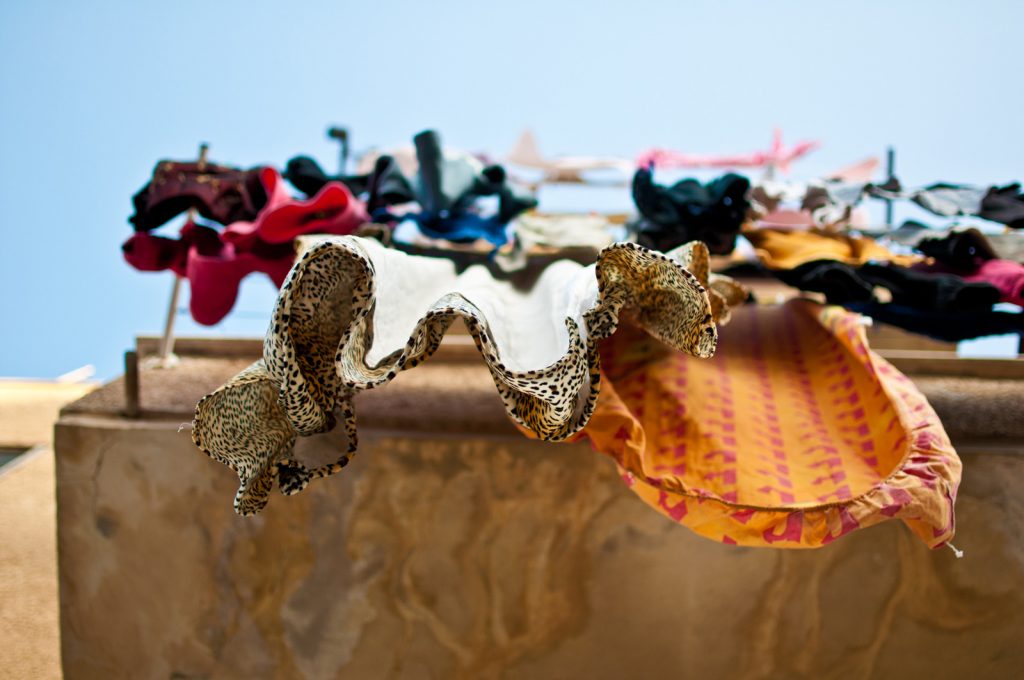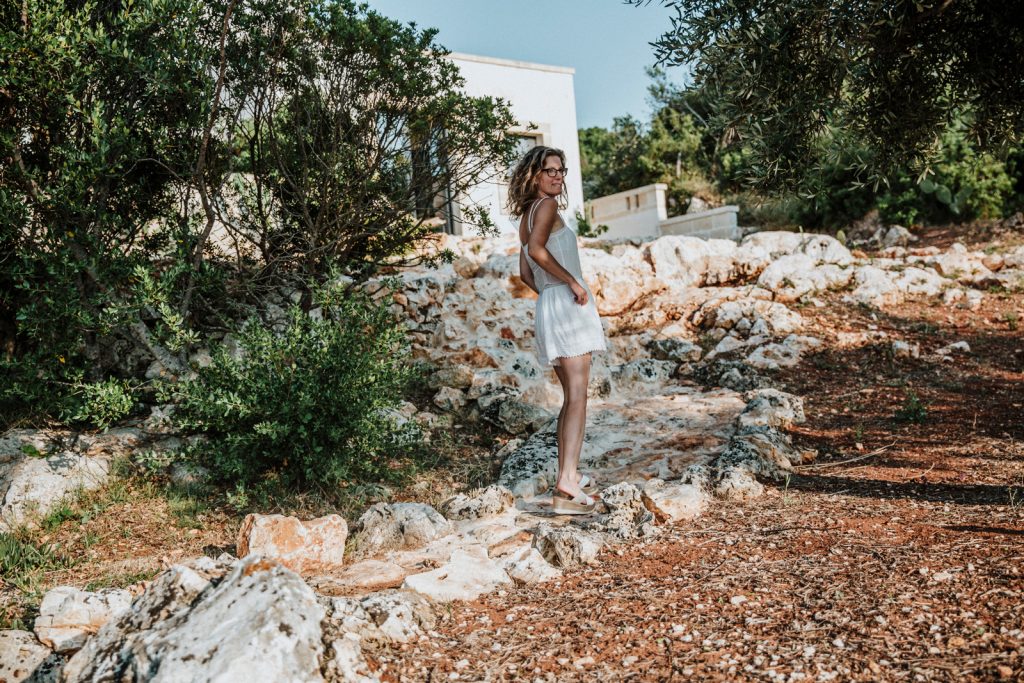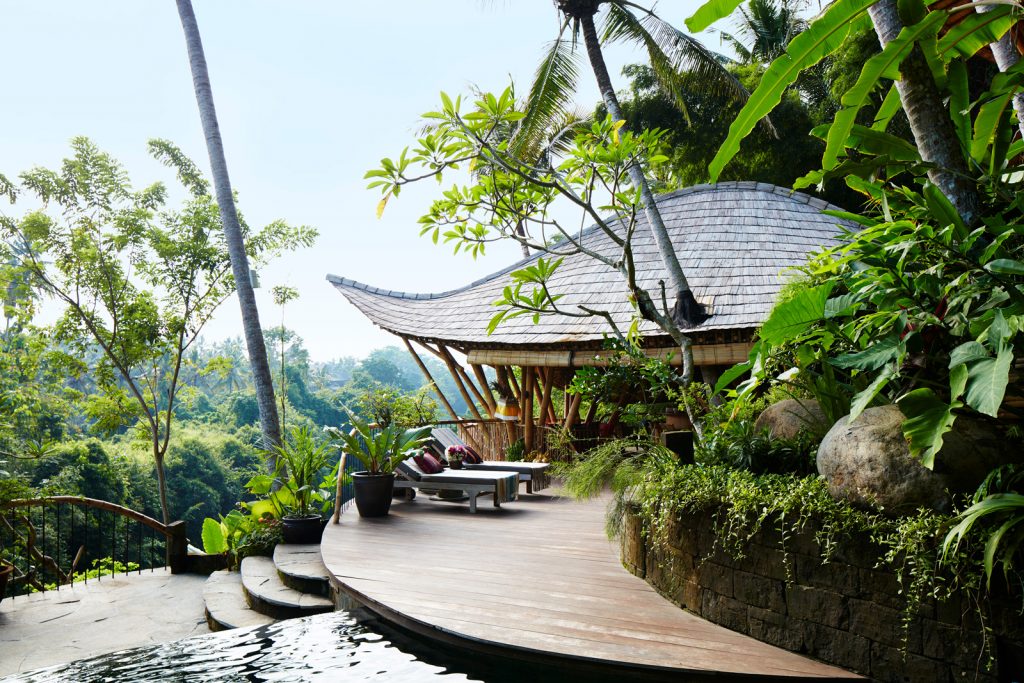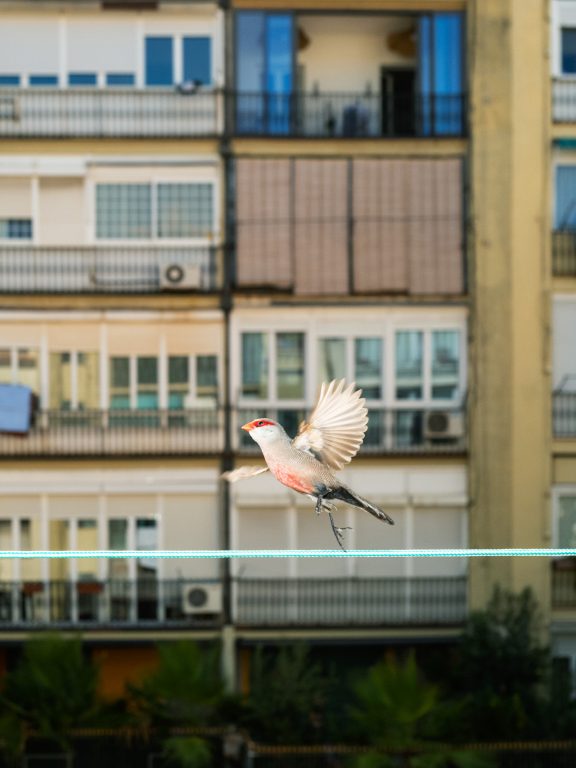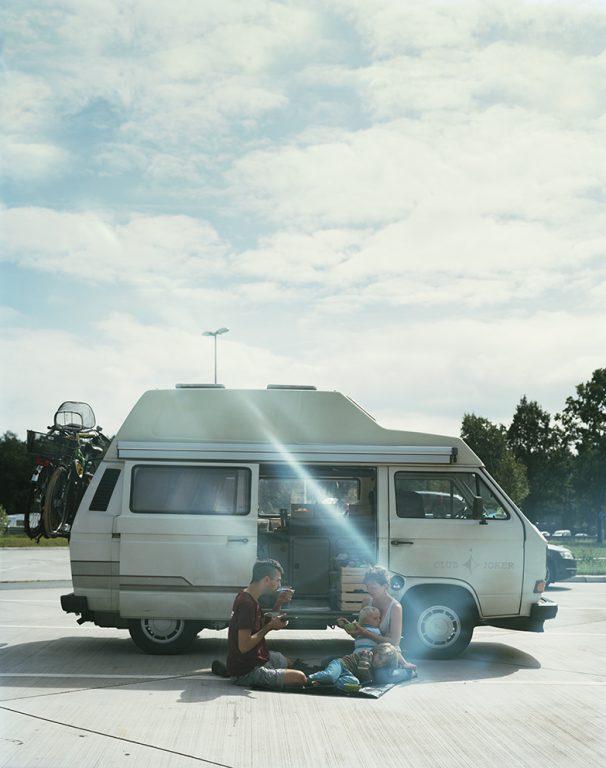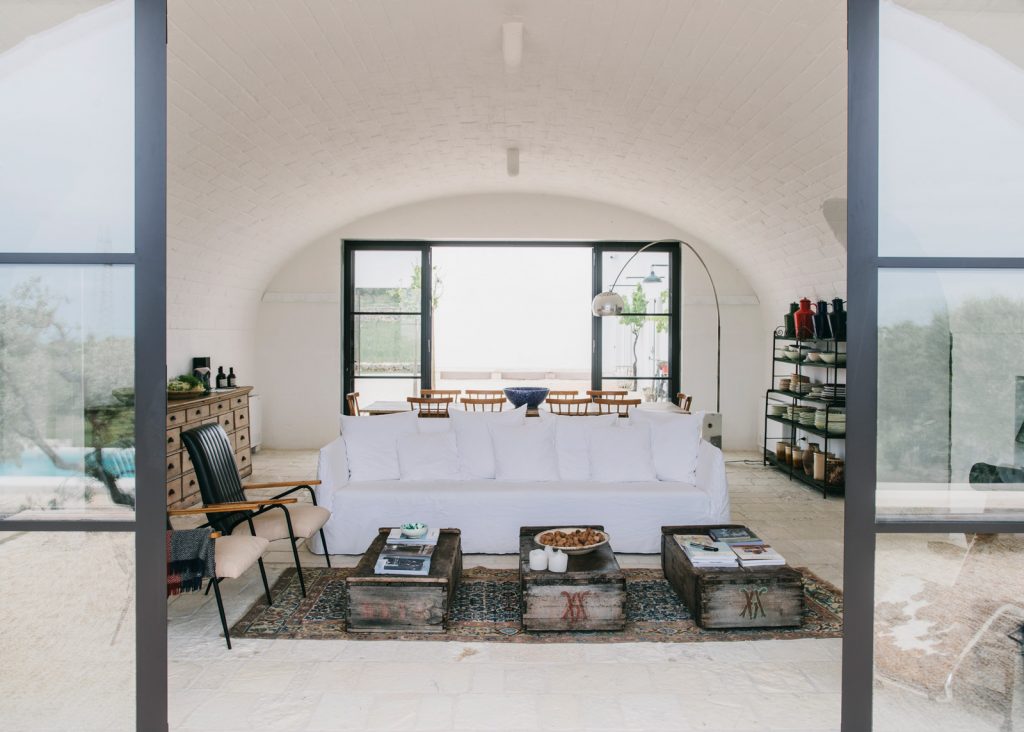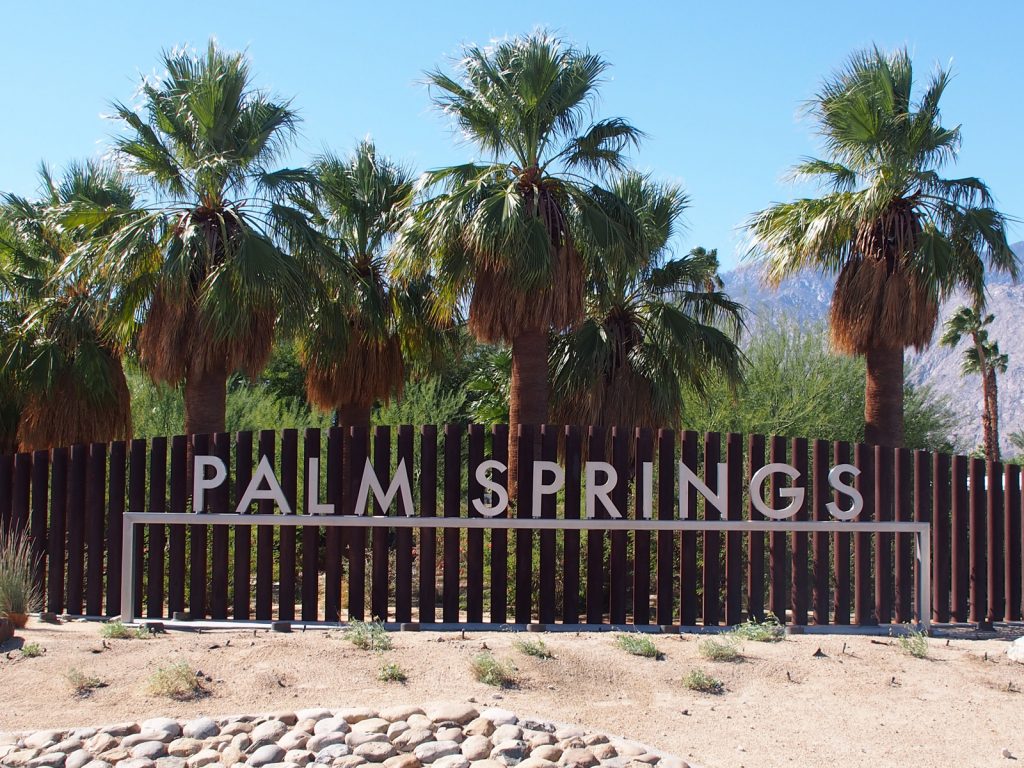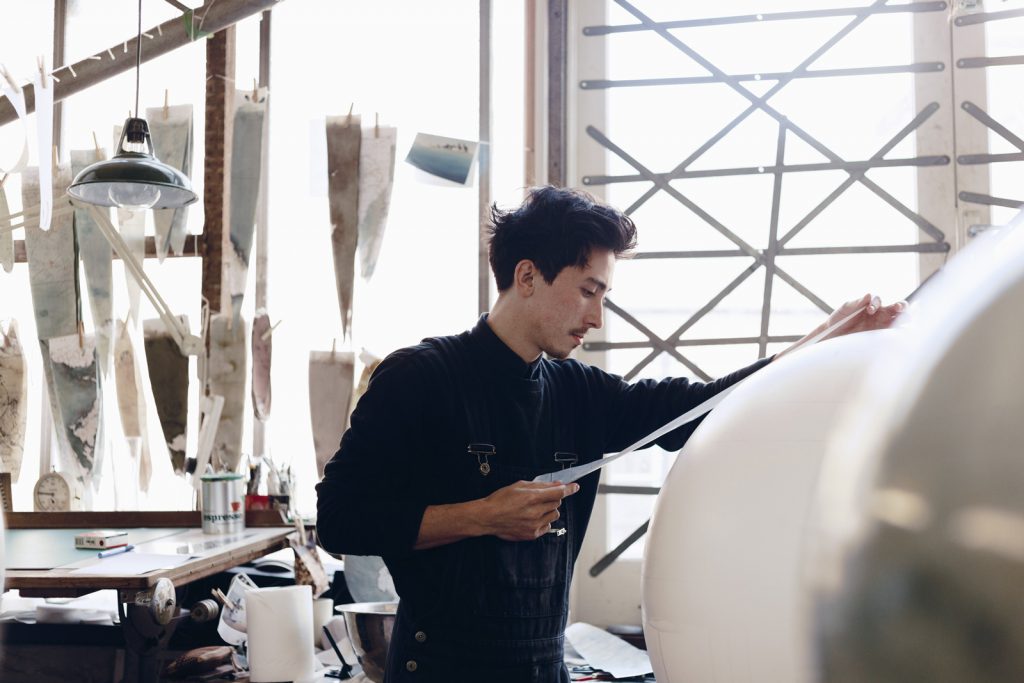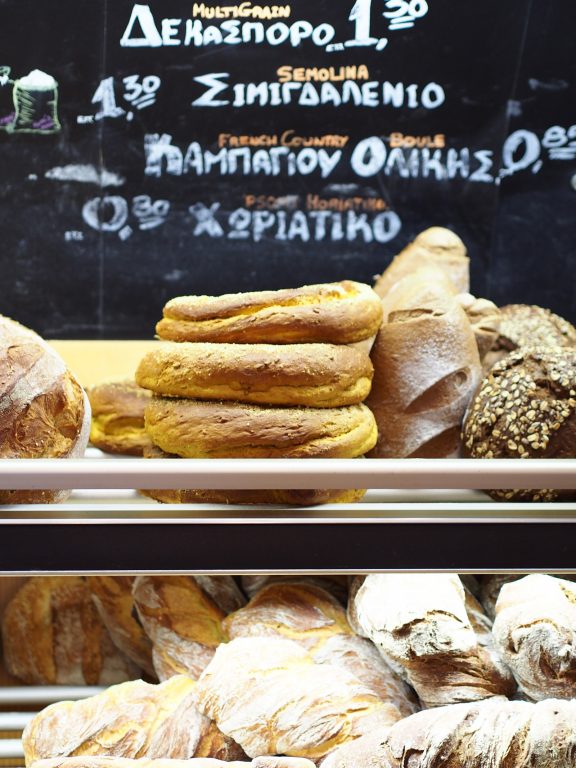ONE OF A KIND – SALINA

Itinerary
SALINA
ONE OF A KIND
Unagitated chic for purists: green volcanic slopes, rugged cliffs, enchanted villages and the likeable stubbornness of their inhabitants make Salina the insider tip of the Aeolian Islands.
March 2021, Reading time: 8 minutes
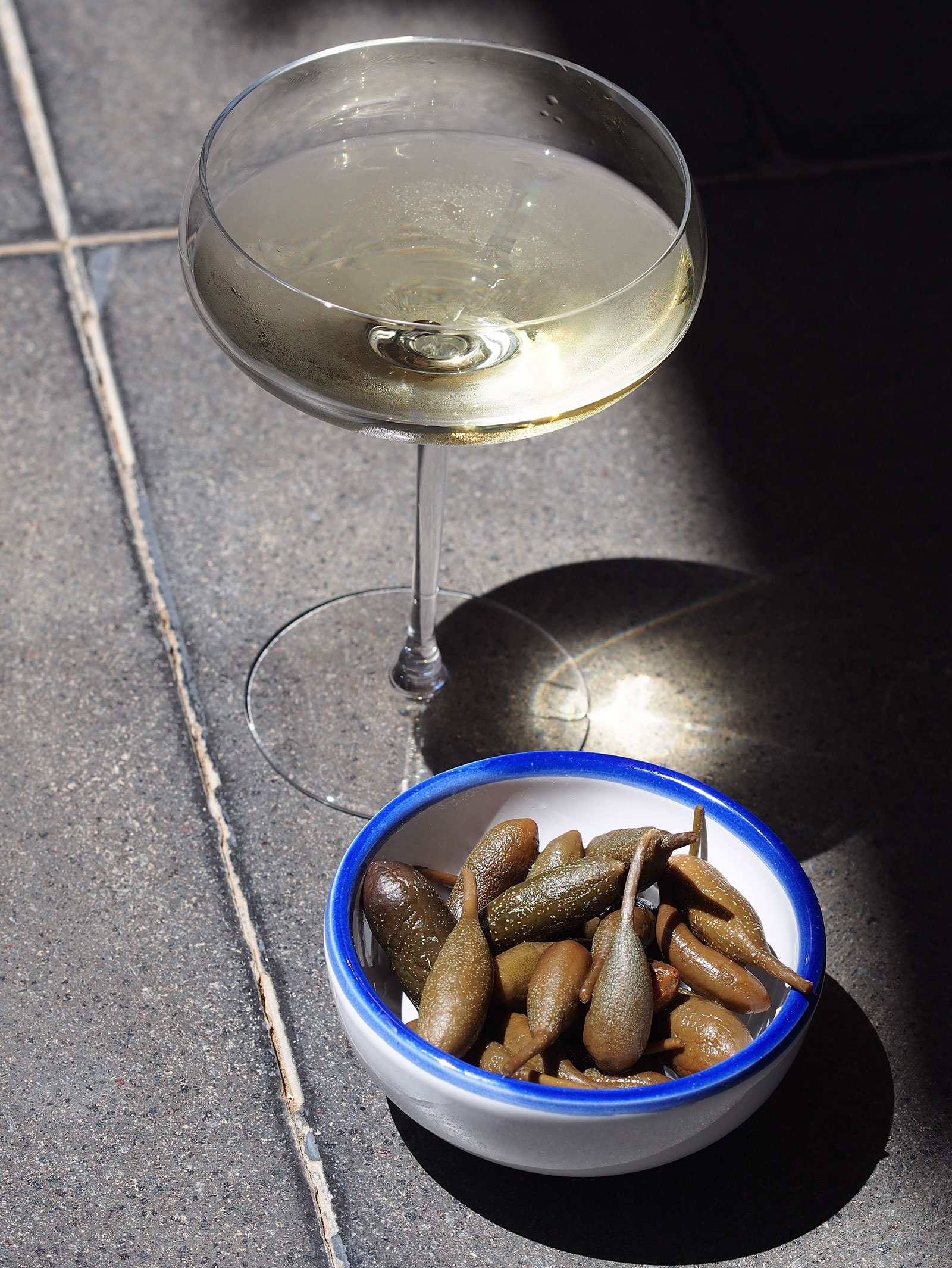
“Cucunci” is the name of the caper fruits, which grow from the caper flowers and are a popular accompaniment to aperitifs.
No false modesty: everything has always been a little different on Salina. One volcano is not enough, there had to be two. Both have long been extinct. On their slopes grow dense ferns, golden-yellow broom, tall oaks and chestnuts on sometimes black, sometimes sandy-yellow or bright red rock. In contrast to the other Aeolian Islands – as a reminder: the “film diva” Stromboli is one of them, but also Panarea, Vulcano and the tiny floating rocks of Alicudi and Filicudi – which are administered by the main island of Lipari, the 2,500-people island of Salina governs itself. It has three independent municipalities, each with its own port, its own city council and its own mayor. If you ask any inhabitant about his or her ancestors, he or she is sure to tell you about visionary entrepreneurs who emigrated to Australia, Argentina or America and returned with fresh money and new ideas. Of wealthy Malvasia wine merchants or at least of farmers who, in addition to grapes, olives and almonds, also cultivated the coveted, expensive capers that have recently won awards from the Slow Food Consortium. While on the neighboring islands mostly defiant and rather simple dwellings were built into the slopes, there are also a few magnificent palaces on Salina.
With its 27 square kilometers, Salina is the second largest island of the archipelago located north of Sicily in the Mediterranean Sea, which was christened Aiolos after the Greek god of the winds – because there is more than enough wind there. It is considered the greenest, most pristine, wildest and yes, the most beautiful of the “Eolie”. Locals kept this a secret for a long time. They wanted to prevent Salina from becoming as glamorous as Panarea or as famous as Stromboli. The establishment of tourist infrastructures was simply forgotten. The few hotels offered few rooms, whoever vacationed on Salina had to own his own house – ideally with a large terrace and a view of the sunset.
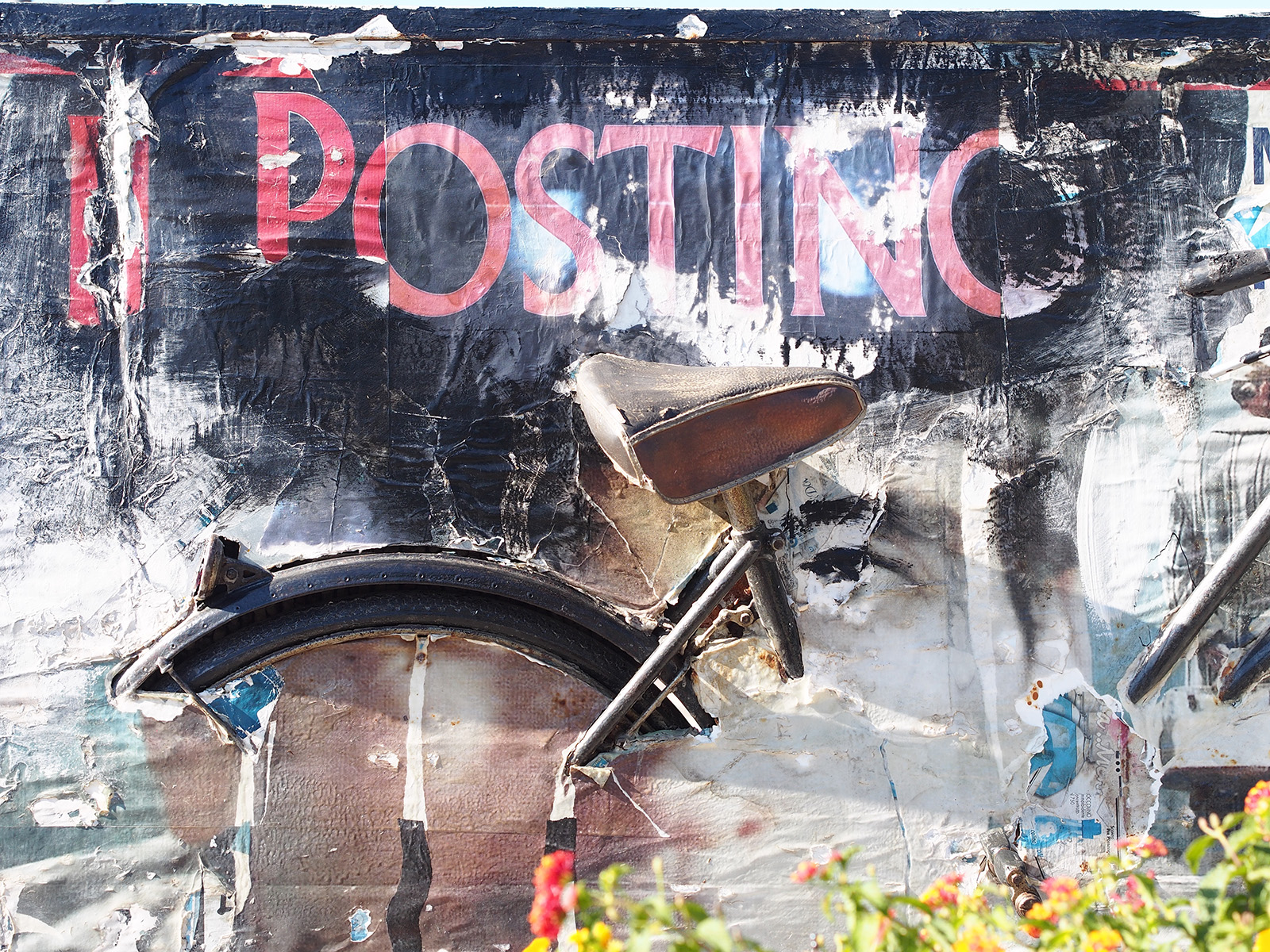
The artfully designed plaque with the Postino-bicycle is located at the port of Santa Marina.
Then director Massimo Troisi fell in love with the island and chose it as the location for his film “Il Postino”. The great story of friendship between the Chilean poet Pablo Neruda and his letter carrier moved viewers worldwide to tears and made them curious: Where the hell is Pollara, through which the letter carrier cycles every day? Which is the cove bordered by steep cliffs where Neruda walks? And the romantic pink house where the poet lives, does it really exist? After all, to this day, more than a quarter of a century after the film’s success, the 300-inhabitant town of Pollara has only a small bar called Oasi and a restaurant with a few rooms – no hotel, no souvenir store, not even a parasol rental. A basketball hoop has been mounted on the church facade so that the village children have a place to play. Right next to it, larger-than-life portraits of Philippe Noiret and Massimo Troisi are painted on a wall – as the perfect selfie spot for the film fans and tourists who show up sparingly, even in the height of summer. The artist Pippo Cafarella, who owns the Neruda film house, could have sold his property several times for good money: actors, captains of industry, real estate dealers, public offices and even the Belgian royal couple, who regularly spends his vacation on Salina, were interested in it. Nevertheless, he does not think about it, respectively demands the fantasy price of two billion euros for the villa of his grandparents with overgrown garden.
“No,” said Patrizia Lopes too when former Ferrari boss Luca di Montezemolo offered four million euros for her weathered Liberty villa high above the Rinella boat dock. “Villa L’Ariana was my grandparents’ vacation home, my parents lived in it for a time and I live here,” she explains, “why should I sell? I don’t want this house and our island to become a stomping ground for the rich.” This property also has film history: during the filming of “Volcano” (1950), starring Anna Magnani, the film crew inhabited the villa. A few years later, the peach-colored grand palace with its panoramic terraces and eye-catching trellis of busts on the roof was transformed into a simple 15-room hotel, and it has remained virtually unchanged ever since. “Some of our guests have been coming here for 30 years. Am I supposed to kick them out the door?” asks Patrizia Lopes. Anyway, she wonders, what does a VIP like Luca di Montezemolo want in Rinella? In fact, the town doesn’t offer much: a small supermarket, an ice cream parlor, a pizzeria, a church and a small beach, which, like most of the island, consists of dark gray lava sand. But with a motorboat you can quickly reach a Caribbean blue bay; and with a Vespa you can drive to the most hidden osterias. For example to the Villa Carla in Leni above Rinella. Carla Rando and her husband Carmelo Princiotta welcome guests on their private gravel pergola overlooking the sea. A handful of nicely set tables stand among flowering rose bushes, and the kitchen serves genuine island specialties such as ravioli stuffed with capers and local “spatola” fish in a crust of breadcrumbs, mint and orange peel. Or to Il Delfino, a nice trattoria on the Lingua waterfront, for buttery octopus salad, swordfish roulades or a fantastic fritto misto. It goes well with a well-chilled Didyme, which comes in a bottle with a sky-blue label.
The straw-yellow Malvasia comes from the Capofaro winery near Malfa, perched high above the sea with unobstructed views of the islands of Panarea and Stromboli. It belongs to the aristocratic Sicilian winemaking family Tasca d’Almerita, which not only grows this wonderfully dry white wine here, but also opened a luxury hotel that may be unrivaled on Salina and its sister islands. Rooms and suites are housed in lush bougainvillea-covered cottages set here and there among vines. The newest guest rooms were installed last summer in the still-active lighthouse, built in 1884, and score points for their pared-down, unexciting, pleasantly cool island look. “We encourage our guests to explore Salina,” hotel director Antonella Puglisi tells us, “but many prefer to stay by the pool all day and rest.” Understandable: the pool is large, the garden well-tended, the silence interrupted only by wind and birdsong. At aperitivo hour, the large bar terrace is considered “the place to be,” and even locals like to stop by for a cocktail. The gourmet restaurant celebrates innovative, sunny island cuisine. The menu includes unusual dishes such as caper leaves stuffed with fish and fennel or fish risotto with almond cream, but also supposedly plain spaghetti with a sauce made from flavorful island tomatoes, which is addictive after just a few forks.
But as beautiful as all this may be, it is worth leaving the idyll of Capofaro, if only to drive to the next village. Malfa is considered the heart of Salina. It is certainly a place where all Italy clichés are served: narrow streets, house facades faded in a photogenic way, a church square with palm trees, a few pretty ceramic stores, a Vespa rental, a fish store and a few nice cafes, serving large cups of cloudy soft pistachio or mulberry granita. The picturesque old harbor is disused, but there are still a few fishing boats moored there. A few bends away is the spectacular Scario beach, surrounded by high dark rocks, appreciated by insiders for its crystal clear waters, but also for the tiny bar Maracaibo, where you can get sandwiches, beer and colorful air mattresses to make yourself comfortable on the black pebbles. The mayor of Malfa is Chiara Rametta. She is from the village and keeps a close eye on what is happening on her island: “We see more vacationers than ten years ago. Before, only Italians came and they only came in August. Now the first foreigners arrive in the spring, and the last ones come in October. But it is still a very individual, discreet and pleasant tourism”. In any case, it can hardly be felt. Although Malfa has the highest concentration of hotels in Salina, the village center has a sleepy and deeply provincial feel.
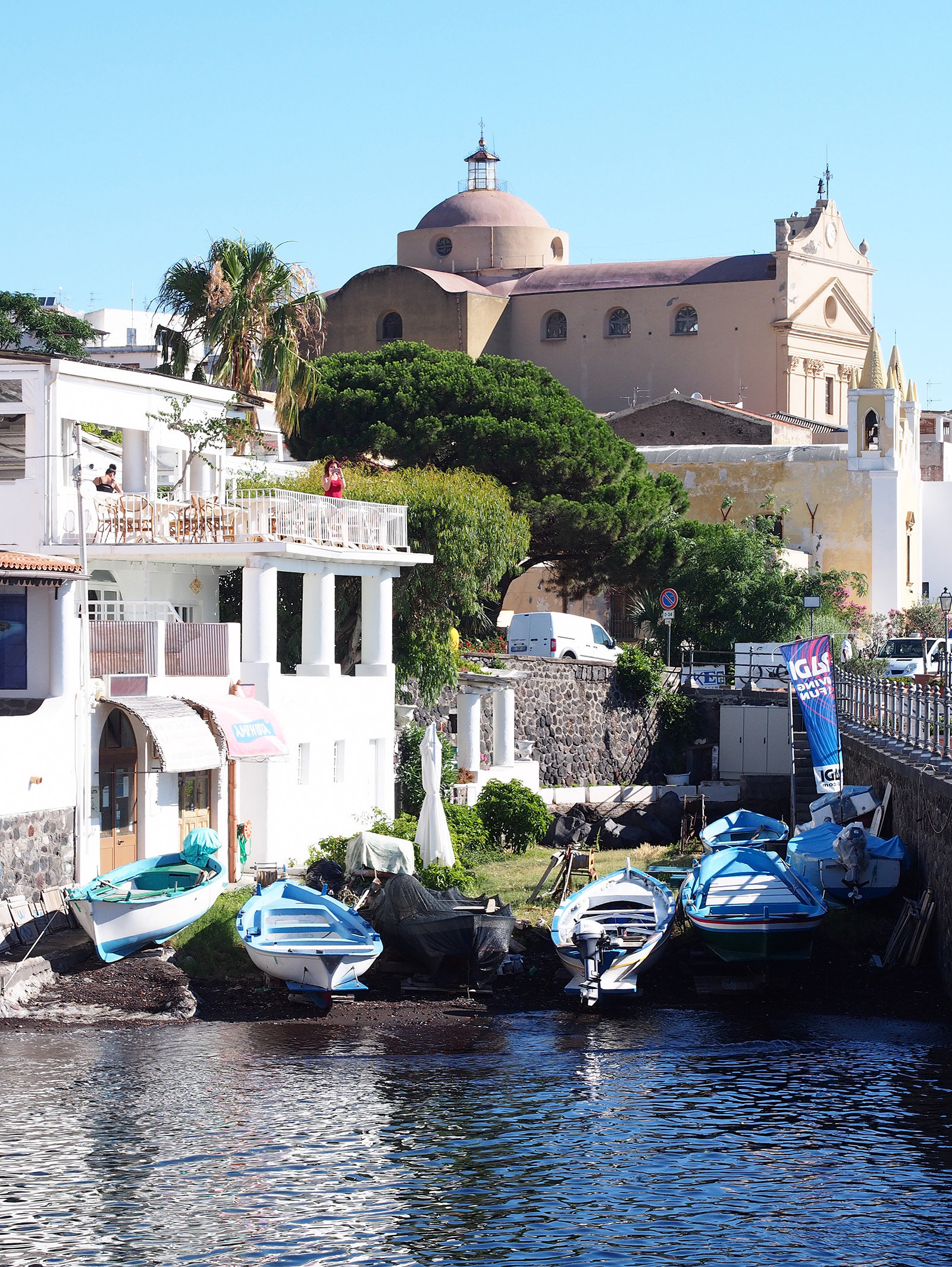
The old harbor basin and the cathedral of Santa Marina. A modern marina has been built right next to it.
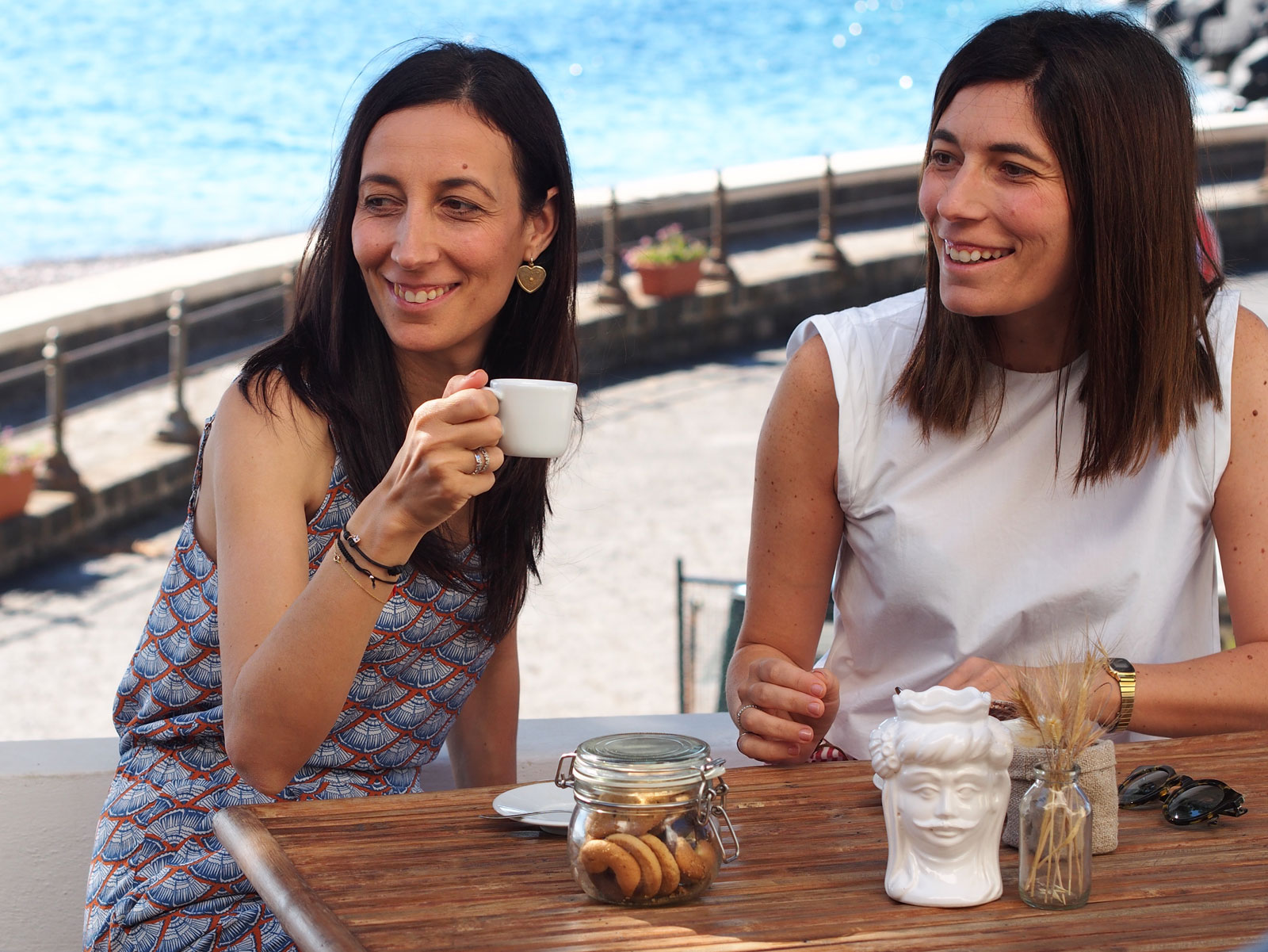
Sisters Rossana and Serena Cervellera on the terrace of their Hotel Mercanti di Mare.
Santa Marina, known by locals simply as “la città,” gives a more urban impression. A good 900 people live in the “town”. There are cabs and a marina and the shopping street Via Risorgimento with several nice stores. Casa Salina sells silk kaftans and the island fragrances “Eolie Parfums”, Salearancio has flip-flops from Ipanema and cool Mondegliani sunglasses, and Rossana and Serena Cervellera offer their own line of jewelry, chic swimsuits and nice home accessories at Le Signorine. The sisters, who live and work in Milan half the year, also own the small Mercanti di Mare hotel on the Santa Marina waterfront. They inherited the simple, beautiful building with a spacious loggia from their grandparents. “There was always a certain wealth on Salina,” Serena explains, “so the residents could afford to own houses and pass them on.” Of course, they could have sold the building; there were certainly interested parties. But that’s out of the question for the sisters: “It’s our family’s house. We are not giving it away”.
Hotels

Capofaro
Opened in 2004, this Relais&Chateaux resort stands in a sprawling vineyard overlooking the sea. Twenty-seven minimalist-elegant rooms are distributed among various snow-white island houses with spacious private terraces; the most beautiful is the new Il Faro suite in the lighthouse, as well as Suite 21, hidden among the vines. The resort includes a spacious pool, a gourmet restaurant, and plenty of lushly blooming bougainvilleas. Via Faro 3, Malfa,
Tel. +39 090 984 43 30, capofaro.it, double rooms from 260 Euro
Photo: Matteo Carassale
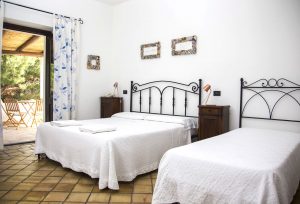
Hotel Mercanti di Mare
Nine rooms furnished in classic island style, two of which have terraces overlooking the waterfront and Santa Marina harbor. Breakfast is served on a pretty loggia, and in the evening, this is the hottest meeting place for “aperitivi” and cocktails. Piazza Santa Marina 7, Santa Marina, Tel. +39 090 984 35 36, hotelmercantidimare.it, double rooms from 100 Euro
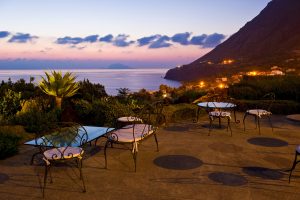
Hotel Signum
Charming 30-room hotel spread over several renovated island houses in an enchanted garden setting. Rooms and suites have a stylish retro look, and there’s a Michelin-starred restaurant and a terrace serving the island’s best gin and tonics. Via Scalo 15, Malfa, Tel. +39 090 984 42 22, hotelsignum.it, double rooms from 200 Euro
I Cinque Balconi
Two historic merchants’ houses right on Santa Marina’s main street house ten rooms with wood-beamed ceilings, 18th-century floor tiles and family-owned antiques. Plus: a romantic garden and a deli where you can also dine. Via Risorgimento 38, Santa Marina, Tel. +39 090 984 35 08, icinquebalconi.it, double rooms from 80 Euro
Restaurants
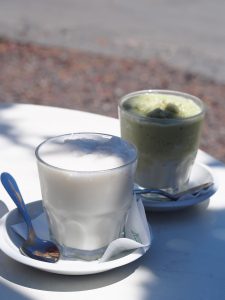
Da Alfredo
Alfredo Olivieri processes 80 kilos of figs a day into granita, the specialty of his bar on the Lingua waterfront. In addition to fig granita, there are twelve other varieties, including almond, strawberry and mocha. If that doesn’t fill you up, order a pane cunzato, a type of bread pancake topped with caper-almond pesto, tomato, grilled eggplant and baked ricotta. It tastes great! Piazza Marina Garibaldi, Lingua, Tel. +39 090 984 30 75

Porto Bello
Pretty terrace restaurant right on the Santa Marina pier. The cuisine is traditional and genuine. The best are the various pasta dishes and the “crudi” (raw fish). Via Lungomare 2, Santa Marina, Tel. +39 090 984 31 25, portobellosalina.com
La Pinnata del Monsù
Typical island trattoria with garden and panoramic terrace. Offers slightly modernized Sicilian cuisine with classics such as caponata, busiate and cannoli filled with fresh ricotta from the neighboring island of Vulcano. Via Sorgente 1/A, Malfa,
Tel. +39 327 797 18 53
Villa Carla
For first-time visitors, Signora Carla often sends her son to the turnoff that leads from the main road down an unpaved path to her house and restaurant. Those who make it to one of the few tables on her terrace can look forward to refined island home cooking. Via Santa Lucia, Leni, Tel. +39 090 980 90 13
‘nni Lausta
Owner Fabio Giuffré is a charismatic host and a gifted chef. His restaurant with a beautiful terrace is frequented by many locals who enjoy tuna tartare, pasta alla Norma and steamed lobster. Additionally, he offers a nice selection of wines from Salina, Sicily and the rest of Italy. Via Risorgimento 188,
Tel. +39 090 984 34 86, nnilausta.it
Delfino
Signora Lisa, owner and chef, cooks in the best local tradition. Famous are her mini squids in Malvasia and pasta with 18 herbs from her own garden. Via Marina Garibaldi 5, Lingua, Tel. +39 090 984 30 24, ildelfinosalina.it
Solemar
The hotel may be modest, but the cuisine is not. Unadulterated regional cuisine such as mussel peppata or pasta with sardines, accompanied by local wines and then a bill that hurts no one. Via Roma, Leni, Tel. +39 090 980 94 45, solemarhotel.it
Shopping
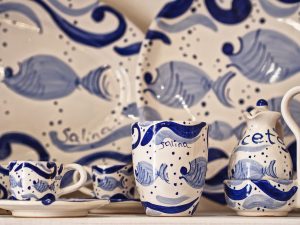
Elsalina
All ceramic objects – and there are many – have been designed and produced by Elisa Saltalamacchia by hand and personally in her studio in Malfa. The line with the caper pattern and the hand-painted tiles are the bestsellers. Via Risorgimento 107, Santa Marina, Tel. +39 090 984 32 36, elsalinaceramiche.it
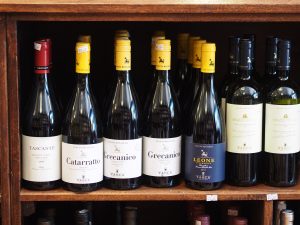
Carpe Diem
Eolian delicacies such as capers, cheeses and almond pastries, plus the full range of Sicilian and local wines. Locals have a “panino” prepared at the counter with ham, artichokes, tomatoes and feta cheese. Via Risorgimento 28, Santa Marina, Tel. +39 090 984 30 53
Azienda Agricola Virgona
Daniela Virgona and her father Enrico run one of the best and most famous caper plantations on the island. From their approximately 1,500 bushes, they harvest a good 3,000 kilos a year, which are sold pickled in their own farm store. Jars of homemade caper pesto and jams cooked from their own fruit are on the shelves too. Via Bandiera 2, Malfa, Tel. +39 33 87 45 59 12, malvasiadellelipari.it
Le Signorine
The owners Rossana and Serena Cervellera are not the “signorine”, but two aunts who lived in the house where the pretty concept store is now located. Sold are self-designed jewelry, swimsuits, beautiful jute bags for the beach and unusual home accessories. Via Risorgimento 75, Santa Marina, Tel. +39 090 984 30 04, lesignorine.it
Follie di Casa
A floor full of beautiful, crazy, unusual objects for the home. The bamboo lampshades from Indonesia make you want to take them right away, as do the colorful porcelain fish and ceramics by Sicilian Giacomo Alessi. Via Risorgimento 140, Tel. +39 090 984 34 94
Salearancio
Owner Maria Gattarello has put together a very personal and unusual selection of fashion items. Especially nice: the handmade ballerinas by Dove nuotano gli Squali, the ultra-light cashmere jackets by Japanese brand Suzusan and the colorful fabric bags by Sposami Stupido. Via Risorgimento 154,
Tel. +39 090 984 34 33, salearancio.com


